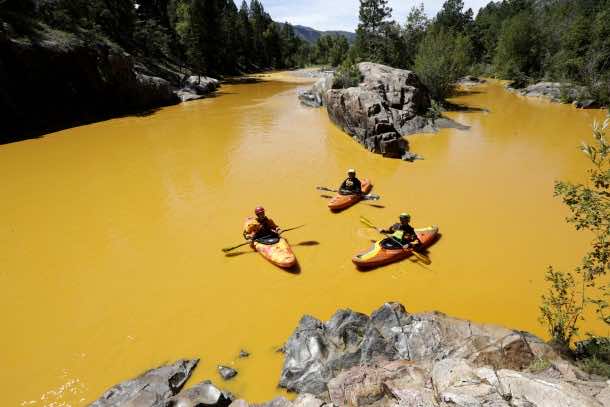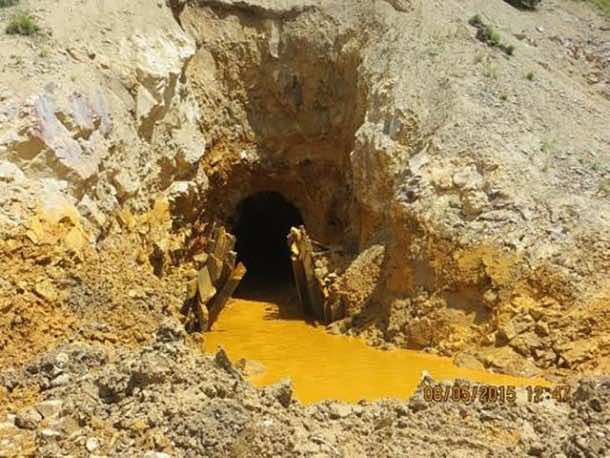The Environment Protection Agency (EPA) of USA has the mandate to stop the industrial waste, radioactive materials and other harmful things devastating the environment of the country especially the water bodies that are so vital for the human survival. It was ironic and unfortunate that the agency’s operations directly resulted in a national disaster of far-reaching proportions.
Although many of the harmful industrial practices were shut down as good work by the agency, they failed to create a plan to dispose off the centuries of toxic waste from many of these setups. Many of these had been dumping their chemicals straight into the rivers, so in a first step the supply was cut off. It included the massive operations of gold mining as well and as a result, toxic waste of a hundred years was accumulated inside the reservoirs for the time being. It’s hard trying to think about ways to get rid of such a huge mess. It was particularly worse in the King Gold Mine in Silverton, Colorado where it had been in operation from 1880-1970s.
The area had a relatively lower ore than ideal, so cyanidation was used to extract the metal from the poor quality ore. In this process, water is added to the extracted ore to make it a slurry followed by the addition of lime to stop the eventual production of Hydrogen Cyanide. Gold is then extracted, and the water left behind is very toxic in nature containing traces of dangerously toxic metals and compounds. Not only that, the storage of King Goldmine had millions of gallons of organic and industrial waste in it, thus creating a single mass of undesirable water. This prompted it to be declared a Superfund site for abandoned sites, and thus EPA was heavily involved in it.
Things became worsened when EPA found out that the wastewater was leaking into a creek that fed into the local Animas River that is a tributary of the Colorado River itself. The agency sent personnel to investigate the issue and they were in the reservoir using heavy equipment to conduct their test when they accidentally hit a spot on the containment dam, and it burst straight into the river with all of its harmful contents! Millions of gallons were dumped, and such was the condition of the pollution that the once blue river turned into a sickly pungent-orange color. EPA didn’t see that coming and as a result, one of the biggest rivers of the country, Colorado was affected directly.
Now that the EPA realized what it had done, it was quick to report the issue and come up with an explanation of how such a reservoir could fail. Interestingly, they haven’t presented any analysis on what was the effect of the toxic spill on the overall quality of the water and what kind of wildlife was affected. But after seeing these gruesome pictures of the water, there is no doubt in my mind that all of the wildlife will turn up dead for several miles at least. The full scope and effects of this spill are still largely unknown at the time. They are currently running he tests to determine what kind of pollutants and chemicals had become a part of the flowing river, but there have been no reports of such, increasing concerns that the river has been lost completely for the next few months. EPA claimed that the dam’s retaining walls were just soil and loose materials instead of solid stuff, and that’s why it burst into a flood.
This lack of attention to detail while examining Superfund site is alarming for the public. We know what kind of dangers are posed by these sites and to hear that one of them just dumped the entirety of its contents straight into the river is just disturbing. Engineers of EPA should have done a background check on he reservoir on whether it would be stable enough to hold the heavy equipment they are going to dip in. It is just like when glacial lakes are made in the Himalayas. We have absolutely no clue what to do with them because they could burst anytime and instead we send heavy equipment into the water without thinking about any of the ramifications of this act. EPA needs to do better on this and come up with a plan in the next few days.




